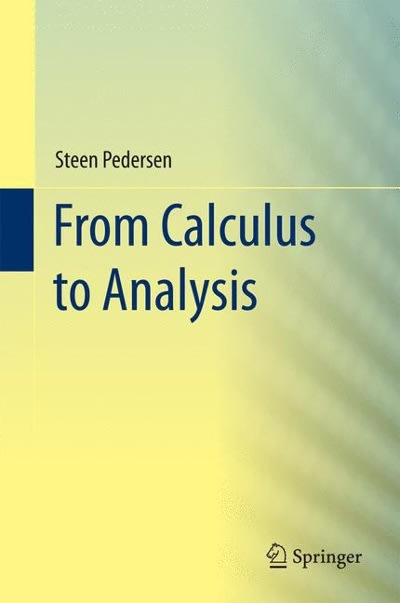Question
Study #2: HPV Vaccination and the Risk of Invasive Cervical Cancer. Lei et al. New England Journal of Medicine. 2020; Oct 1;383(14):1340-1348. Background: The efficacy
Study #2: HPV Vaccination and the Risk of Invasive Cervical Cancer. Lei et al. New England Journal of Medicine. 2020; Oct 1;383(14):1340-1348.
Background: The efficacy and effectiveness of the quadrivalent human papillomavirus (HPV) vaccine in preventing high-grade cervical lesions have been shown. However, data to inform the relationship between quadrivalent HPV vaccination and the subsequent risk of invasive cervical cancer are lacking.
Methods: The study began in 2017. We used nationwide Swedish demographic and health registers to follow an open population of 1,672,983 girls and women who were 10 to 30 years of age from 2006 through 2017. We assessed the association between HPV vaccination and the risk of invasive cervical cancer, controlling for age at follow-up, calendar year, county of residence, and parental characteristics, including education, household income, mother's country of birth, and maternal disease history.
Results: During the study period, we evaluated girls and women for cervical cancer until their 31st birthday. Cervical cancer was diagnosed in 19 women who had received the quadrivalent HPV vaccine and in 538 women who had not received the vaccine. The cumulative incidence of cervical cancer was 47 cases per 100,000 persons among women who had been vaccinated and 94 cases per 100,000 persons among those who had not been vaccinated. After adjustment for age at follow-up, the incidence rate ratio for the comparison of the vaccinated population with the unvaccinated population was 0.51 (95% confidence interval [CI], 0.32 to 0.82). After additional adjustment for other covariates, the incidence rate ratio was 0.37 (95% CI, 0.21 to 0.57). After adjustment for all covariates, the incidence rate ratio was 0.12 (95% CI, 0.00 to 0.34) among women who had been vaccinated before the age of 17 years and 0.47 (95% CI, 0.27 to 0.75) among women who had been vaccinated at the age of 17 to 30 years.
Conclusions: Among Swedish girls and women 10 to 30 years old, quadrivalent HPV vaccination was associated with a substantially reduced risk of invasive cervical cancer at the population level.
Question 8: What type of study design was this? Was this study prospective or retrospective?
Question 9: List two (2) advantages and two (2) disadvantages of this type of study design.
Advantages:
Disadvantages:
Question 10: What was the exposure of interest? How was it ascertained?
Question 11: What was the outcome(s) of interest? How many outcomes occurred and how was the outcome ascertained?
Step by Step Solution
There are 3 Steps involved in it
Step: 1

Get Instant Access to Expert-Tailored Solutions
See step-by-step solutions with expert insights and AI powered tools for academic success
Step: 2

Step: 3

Ace Your Homework with AI
Get the answers you need in no time with our AI-driven, step-by-step assistance
Get Started


